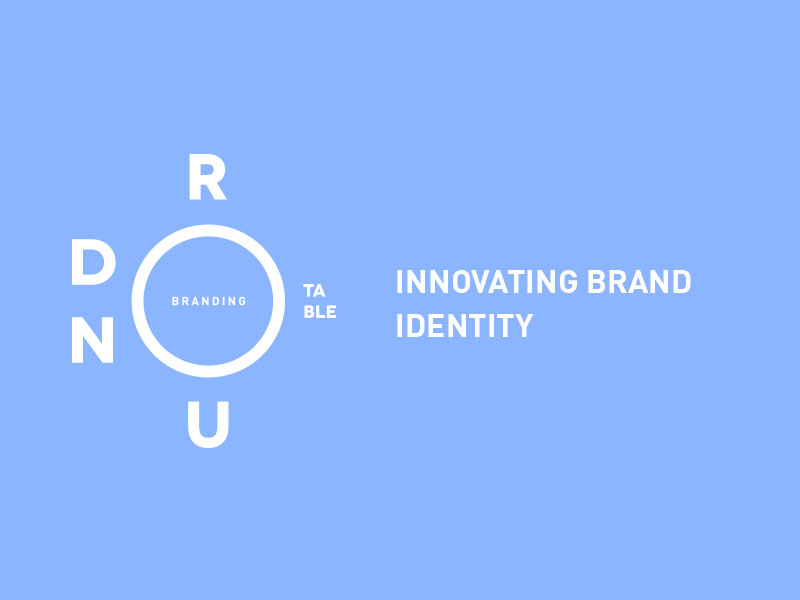
Identifier. Stamp. Mark. Brand.
Yes, the popular notion of a “brand” traces back to a seared in seal or physical ID, and so its cultural definition still tends to be constrained by modern day equivalents: brand name and logo. Of course, anyone able to make a living in this business knows the definition of a brand is much more than its trademarked language and designs, extending to purpose, promise, experience, the very essence of your business, and.. well, it all depends on who’s trying to sell branding services (or books or conferences).
Download Branding Roundtable #28 >
Nonetheless, effective identity remains a fundamental need if your brand is to succeed in an increasingly chaotic, multi-dimensional, and incessantly changing marketplace. But is the arena of identity creation receiving as much attention – and in particular, innovation – as the rest of the brand and marketing realm?
Yes, there is the by-now expected adaptive creativity of the Google logo, with its regular reinterpretations (the regularity of change itself becoming an reliable brand standard). We’ve been presented with the concept of supposedly “living logos,” as with the Whitney Museum and Seagate. And quite recently, we’ve seen the results of defining and redefining a brand identity “in the open,” as with the new Mozilla logo (discussed herein by the founder of the firm that created it).
Yet the question remains – how does innovation apply to brand identity? We asked four international leaders in identity development:
- Kelly Bjork, Design Director for IDEO in Chicago
- Michael Johnson, Founder and Creative Director at johnson banks in London (and author of Branding in Five and a Half Steps)
- Mathias Rabiot, Jérémie Fesson, CEOs, Co-Founders and Creative Directors at Graphéine in Paris (who chose to respond jointly)
- Sean Thomas, Creative Director, jones knowles ritchie in London
It’s a fascinating discussion, encapsulated in an eBook, so download our roundtable to read what these experts have to say.
